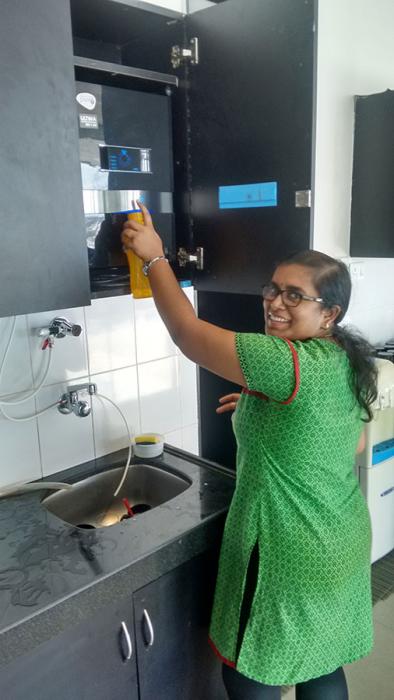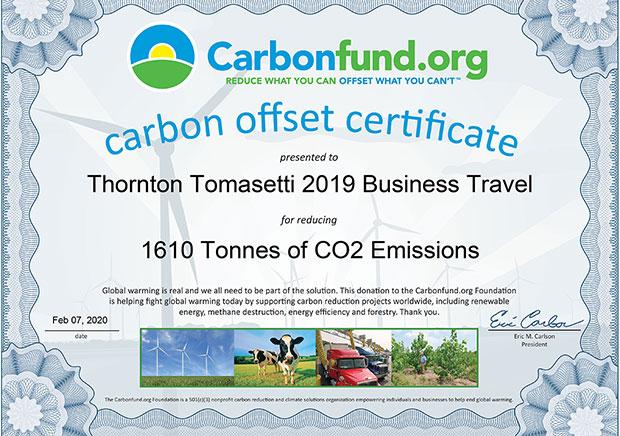Concerned about the long-term impacts of plastics on the environment, we’ve taken steps to cut down on their use in our offices. As a matter of policy, we no longer order plastic bottled drinks for in-house meetings, and we’ve phased out drinks in plastic containers for offices with vending machines. Visitors receive reusable or compostable cups instead of plastic ones, and many of our offices provide reusable tableware for their employees.
Of course, the best way to reduce our carbon footprint is to consume less. So our sustainable operations guidelines recommend that all our offices seek additional ways to use fewer supplies and resources. For example, consolidating supply orders lessens transportation emissions from delivery and reduces packaging materials used by suppliers.















